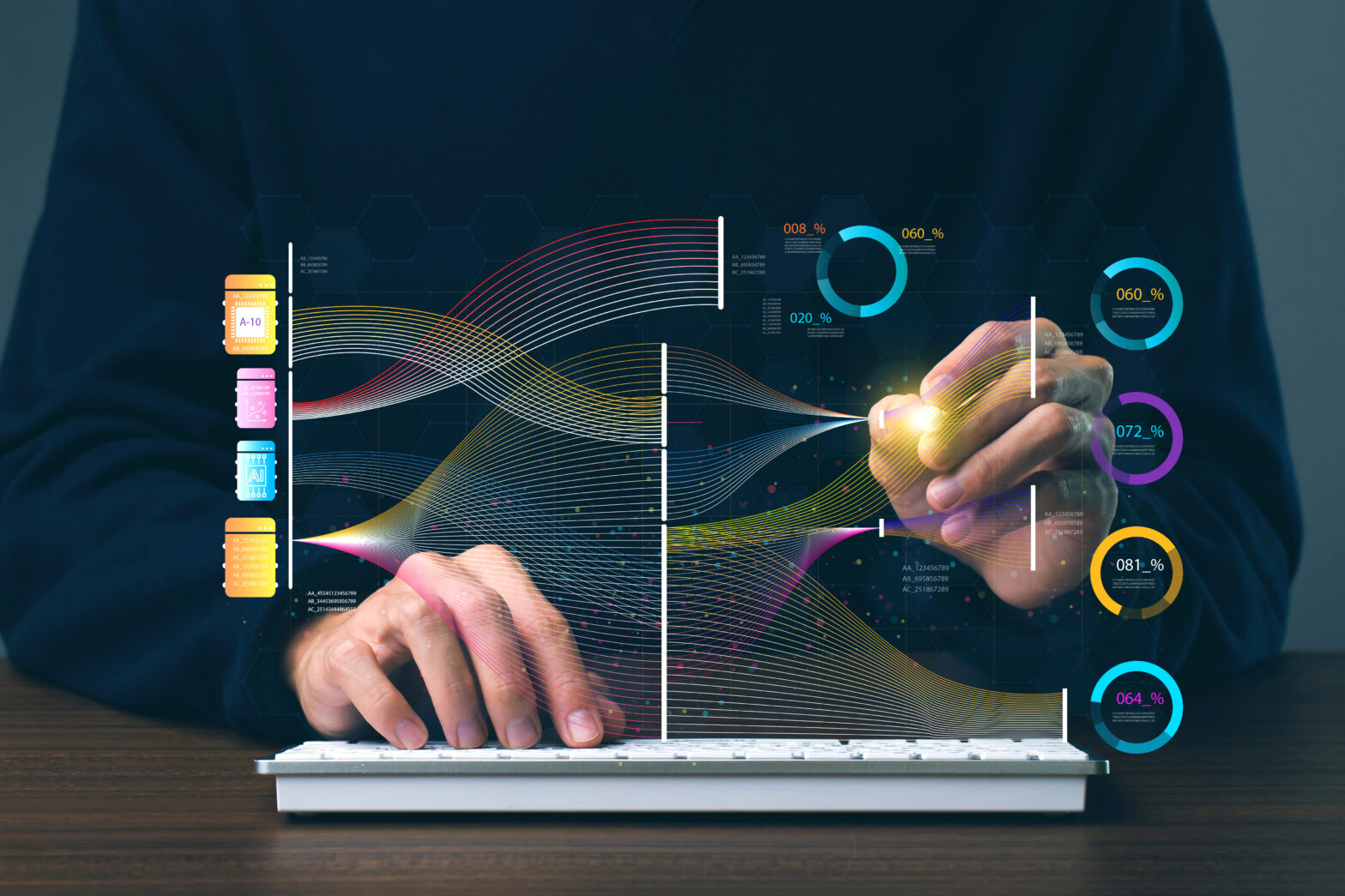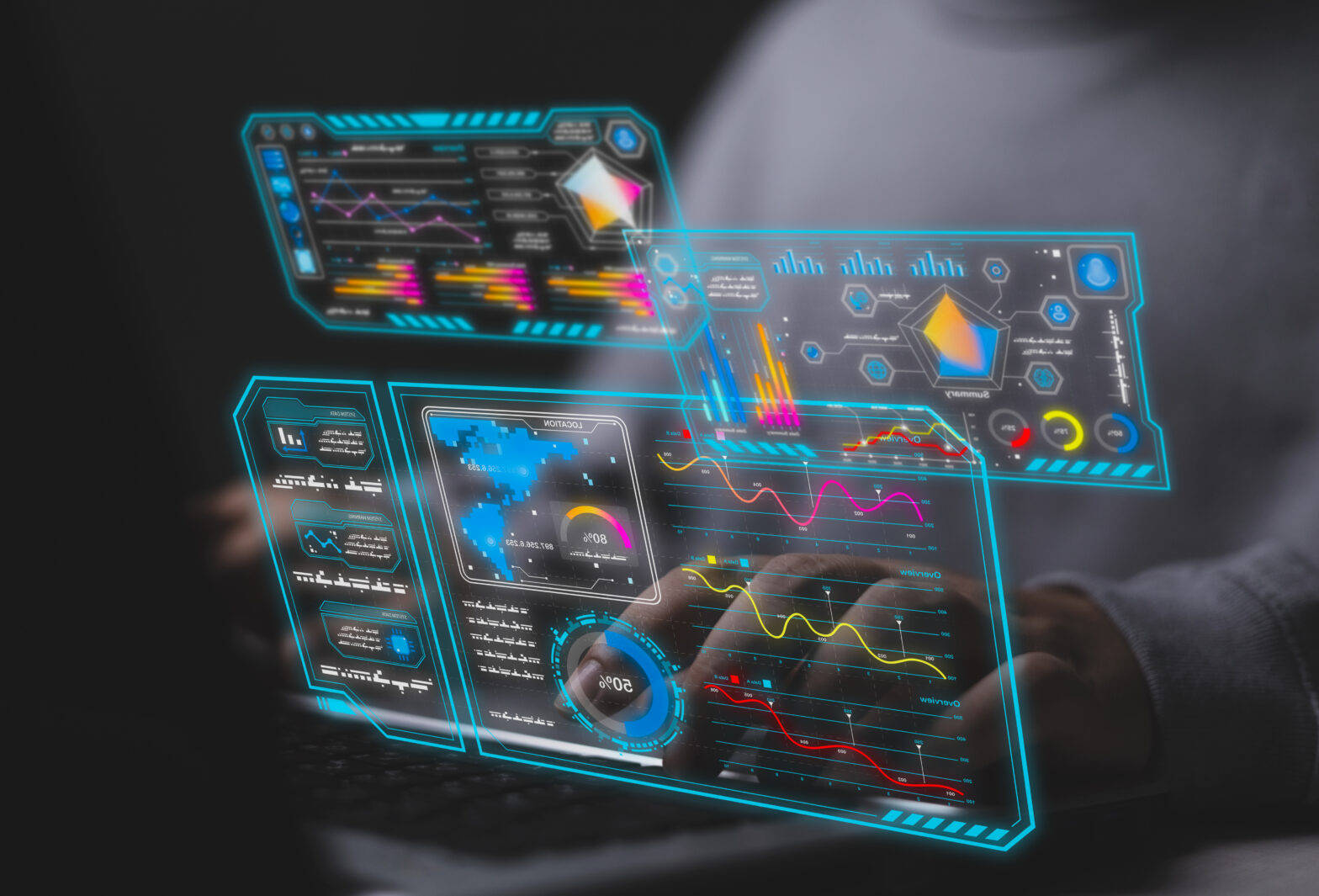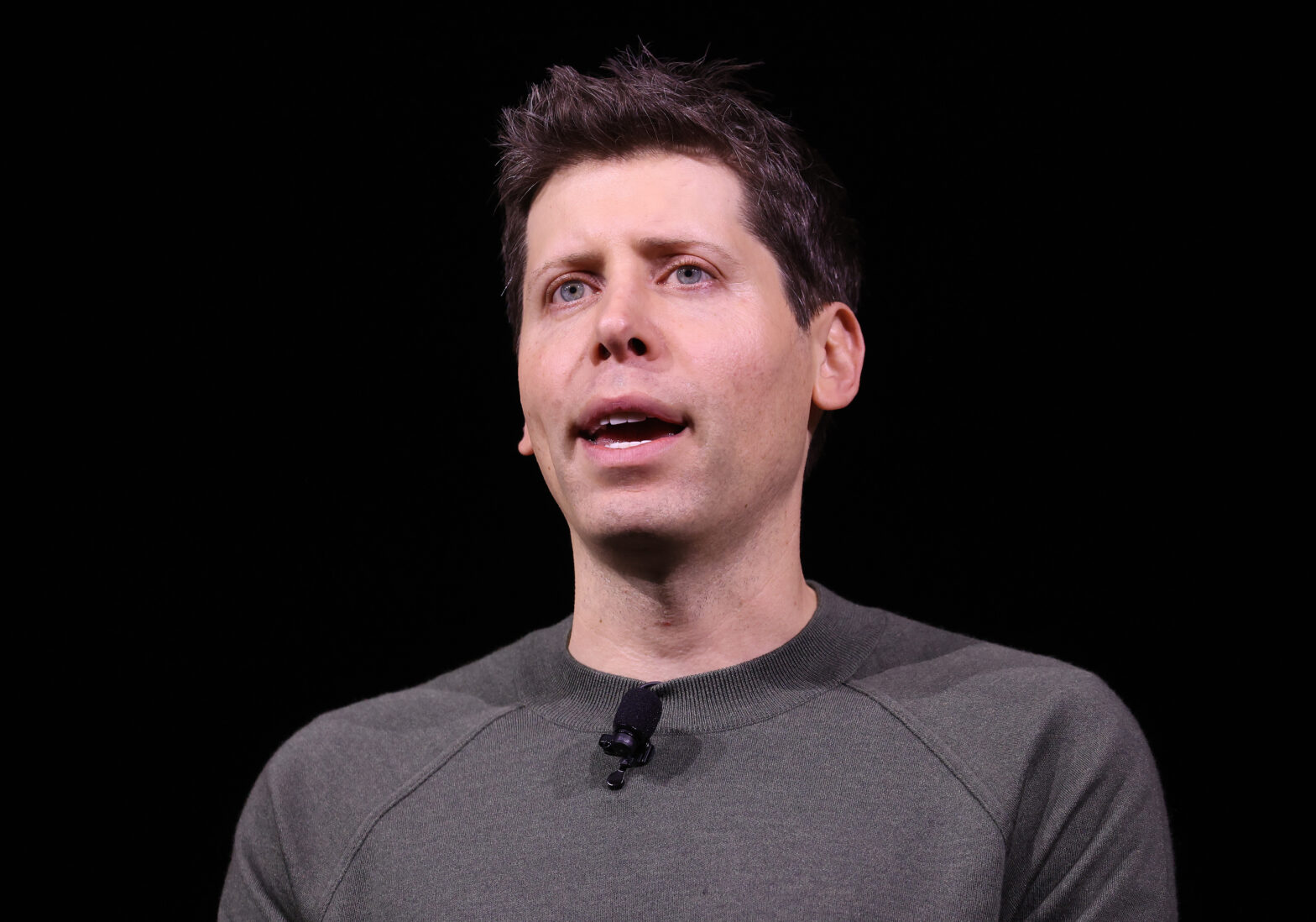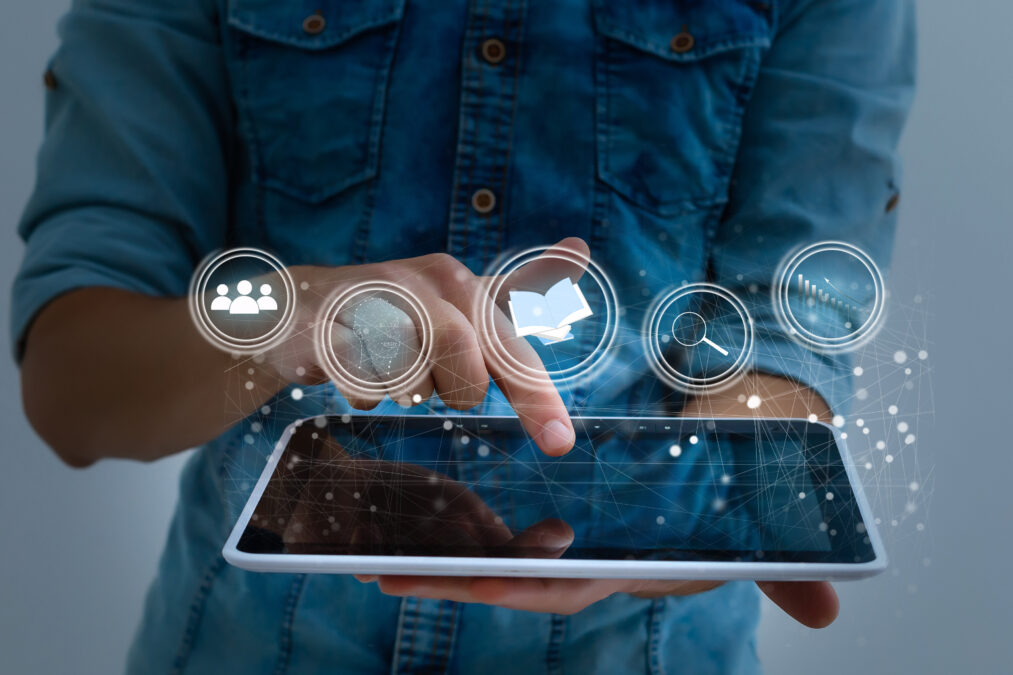Gartner has today announced its top 10 strategic tech trends that CIOs and IT executives should explore in 2023
Gartner‘s annual trends list takes into account the constant evolution of business technologies, and how they will drive value for tech leaders over the next 12 months.
The tech trends that Gartner sees disrupting business operations throughout 2023 are built around three themes — optimise, scale and pioneer.
“To enhance their organisation’s financial position during times of economic turbulence, CIOs and IT executives must look beyond cost savings to new forms of operational excellence while continuing to accelerate digital transformation,” said Frances Karamouzis, distinguished vice-president analyst at Gartner.
Karamouzis went on to explain that the list of technologies “can help organisations optimise resilience, operations or trust; scale vertical solutions and product delivery; and pioneer with new forms of engagement, accelerated responses or opportunity.”
However, David Groombridge, distinguished vice-president analyst at Gartner, added: “In 2023, delivering technology will not be enough. These themes are impacted by environmental, social and governance (ESG) expectations and regulations, which translate into the shared responsibility to apply sustainable technologies.
“Every technology investment will need to be set off against its impact on the environment, keeping future generations in mind. ‘Sustainable by default’ as an objective requires sustainable technology.”
Find below the top 10 technologies that Gartner has identified as key drivers for tech leaders and businesses in 2023.
1. Sustainability: impacting all trends
CEOs told Gartner in a recent survey that environmental and social changes are now a top three priority for investors, after profit and revenue, meaning that executives will need to acquire more innovative solutions to help meet sustainability goals.
Gartner recommends establishing a new framework that increases energy and material efficiency of IT services; enables enterprise sustainability through traceability, analytics, renewable energy and AI; and deploys solutions to help customers achieve their own sustainability goals.
>See also: The biggest trends in tech sustainability
2. Applied observability (Optimise)
Observable data reflects the digitised artifacts — such as logs, traces, API calls, downloads and file transfers — that appear when any stakeholder takes any kind of action.
Applied observability feeds these observable artifacts back to users in a highly orchestrated, integrated approach to accelerate organisational decision-making.
Karamouzis explained: “Applied observability enables organisations to exploit their data artifacts for competitive advantage. It is powerful because it elevates the strategic importance of the right data at the right time for rapid action, based on confirmed stakeholder actions, rather than intentions.
“When planned strategically and executed successfully, applied observability is the most powerful source of data-driven decision-making.”
3. AI trust, risk and security management (Optimise)
With AI-related privacy breaches and security incidents becoming more frequent, organisations will need to implement new capabilities to ensure model reliability, trustworthiness, security and data protection.
AI trust, risk and security management (TRiSM) requires participants from different business units to work together to implement new measures.
While a Gartner survey found that 41 per cent of organisations across the UK, US and Germany had experienced an AI privacy breach or security incident, companies that actively managed AI risk, privacy and security achieved improved AI project results.
4. Digital immune systems (Optimise)
Digital immune systems implement data-driven insight into operations — including automated and extreme testing and software engineering — to increase the resilience and stability of systems.
This emerging capability can help provide a roadmap that CIOs can use to plan out new practices and approaches that their teams can adopt to deliver higher business value, while mitigating risk and increasing customer satisfaction.
According to Gartner, 76 per cent of teams responsible for digital products are now also responsible for revenue generation.
It’s predicted that by 2025, organisations that invest in building digital immunity will reduce system downtime by up to 80 per cent, which would translate directly into higher revenue.
5. Industry cloud platforms (Scale)
Industry cloud platforms offer a combination of SaaS, platform-as-a-service (PaaS) and infrastructure-as-a-service (IaaS), which enables businesses to leverage industry-specific sets of modular capabilities.
From here, organisations can drive value from specific industry business use cases, in their journey towards achieving particular goals.
Businesses using this technology can use the packaged capabilities of industry cloud platforms as building blocks to compose unique and differentiating digital business initiatives, providing agility, innovation and reduced time-to-market — while avoiding vendor lock-in.
By 2027, Gartner predicts that over half of organisations will use industry cloud platforms to accelerate their business initiatives.
>See also: Becoming “cloud smart” — the path to accelerated digital innovation
6. Platform engineering (Scale)
Platform engineering is the discipline of building and operating self-service internal developer platforms for software delivery and lifecycle management.
The aim of this technology is to optimise the developer experience and accelerate product teams’ delivery of customer value.
Gartner predicts that 80 per cent of software engineering companies will establish platform teams by 2026, and that 75 per cent of those will include developer self-service portals.
7. Wireless value realisation (Scale)
It’s projected that businesses will turn to a spectrum of wireless solutions to cater for all environments, from Wi-Fi in the office, through services for mobile devices, to low-power services and radio connectivity.
Networks are set to provide insights using built-in analysis, while low-power systems will harvest energy directly from the network — leading to networks becoming a source of direct business value.
Gartner predicts that 60 per cent of organisations will be using five or more wireless technologies simultaneously by 2025.
8. Adaptive AI (Pioneer)
As AI continues evolving, Adaptive AI systems are set to come to fruition, aiming to continuously retrain models and learn within runtime and development environments.
This can be achieved based on new data to adapt quickly to changes in real-world circumstances that were not foreseen or available during initial development.
These systems use real-time feedback to change their learning dynamically and adjust goals, making them suitable for operations where rapid changes in the external environment or changing enterprise goals require an optimised response.
9. The metaverse (Pioneer)
Gartner defines a metaverse as a collective virtual 3D shared space, created by the convergence of virtually enhanced physical and digital reality.
It’s predicted that a complete metaverse will be device-independent and won’t be owned by a single vendor, while hosting a virtual economy enabled by digital currencies and non-fungible tokens (NFTs).
By 2027, Gartner predicts that over 40 per cent of large organisations worldwide will use a combination of Web3, AR cloud and digital twins in metaverse-based projects aimed at increasing revenue.
>See also: Accommodating the influx of data in the metaverse
10. Superapps (Pioneer)
Lastly, Gartner predicts that businesses will drive value from ‘superapps’ — combining the features of an app, a platform and an ecosystem in one application.
As well as having its own set of functionalities, this technology would also provide a platform for third parties to develop and publish their own mini-apps on.
By 2027, Gartner predicts that over 50 per cent of the global population will be daily active users of multiple superapps.
“Although most examples of superapps are mobile apps, the concept can also be applied to desktop client applications, such as Microsoft Teams and Slack, with the key being that a superapp can consolidate and replace multiple apps for customer or employee use,” said Karamouzis.
Related:
Gartner top strategic technology trends for 2022 — Gartner expects these 12 technology trends to act as force multipliers of digital business and innovation over the next three to five years. Here’s your quick guide to what the technologies are and why they’re valuable.
How emerging technology will transform your business — There is so much technology emerging, from the metaverse to AI to gene editing, that it can be overwhelming. Yet the CTO who fails to keep an eye on what’s around the corner could find their business disrupted – or even kaput.










